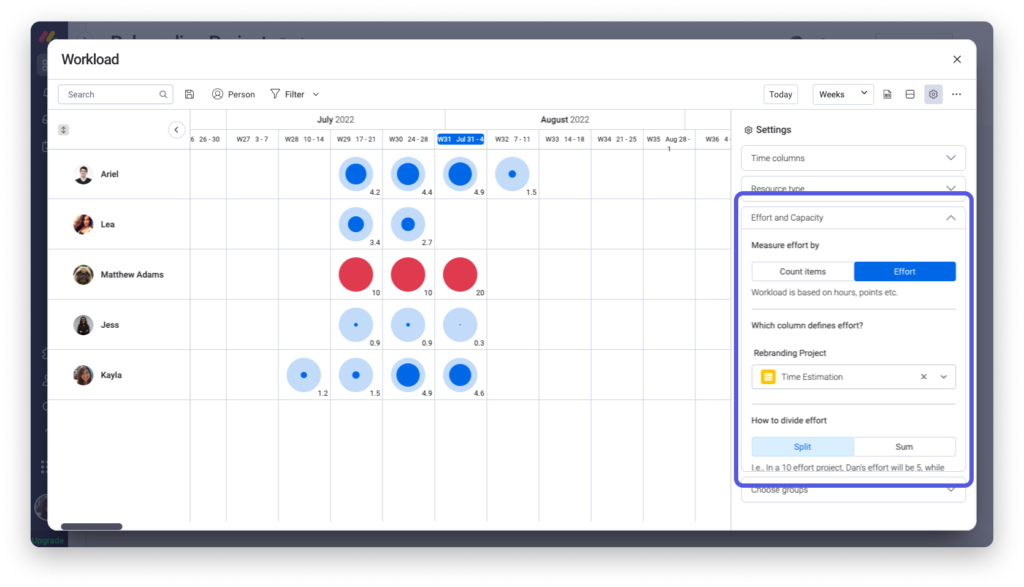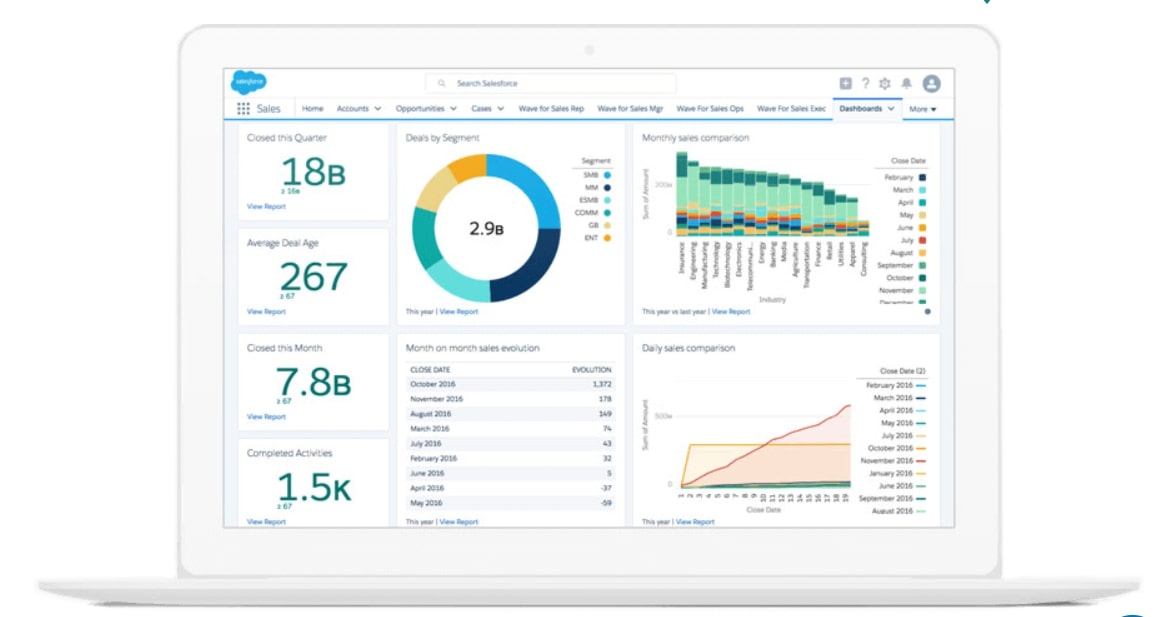Are you struggling to manage your project resources effectively? Resource allocation is a critical aspect of project management that involves the distribution of resources to various activities or tasks. But how do you ensure that you’re allocating your resources effectively?
In this comprehensive guide, we will explore what resource allocation is, why it’s important, and how to allocate resources effectively.
By following the best practices and techniques outlined in this guide, you can optimize resource utilization, improve project management, enhance productivity, and reduce costs.
What is Resource Allocation?
Resource allocation refers to the process of assigning and managing resources to different activities or tasks based on their importance, priority, and availability. These resources can include personnel, equipment, materials, and financial resources.
Resource allocation is essential for any project, as it helps managers ensure that they have the necessary resources to complete the project. It also helps to optimize resource utilization, reduce wastage, and enhance productivity.
Importance of Resource Allocation
Effective resource allocation is critical to the success of any project or business. Here are some reasons why resource allocation is important:
1. Optimal Resource Utilization
Resource allocation helps to ensure that resources are utilized optimally. By allocating resources to the right tasks or activities, managers can ensure that they are not wasted on activities that don’t contribute to the project’s success.
2. Improved Project Management
Effective resource allocation helps project managers to plan, schedule and execute projects more efficiently. By allocating resources based on priority and need, managers can ensure that activities are completed on time and within budget.
3. Enhanced Productivity
Resource allocation helps to enhance productivity by ensuring that the right resources are allocated to the right tasks. This helps to reduce delays, minimize errors, and increase efficiency.
4. Reduced Costs
Effective resource allocation can help to reduce costs by minimizing resource wastage and optimizing resource utilization. This can help organizations to save money and improve their bottom line.
How to Allocate Resources on a Project
Here is a step-by-step guide for effective resource allocation:
- Identify resources: Identify the resources needed for each task or activity, including personnel, equipment, materials, and financial resources.
- Match skills: Consider the skills and strengths of each team member to match the right people to the right tasks, ensuring effective and efficient resource utilization.
- Prioritize tasks: Prioritize tasks or activities based on their importance and allocate resources accordingly, completing critical tasks first and avoiding waste.
- Use software tools: Use software tools to visualize resource allocation, track resource utilization, and adjust allocation as needed.
- Be flexible: Be flexible and adaptable when allocating resources, adjusting plans to accommodate changes and ensure effective allocation.
- Communicate effectively: Communicate effectively with team members about the resources allocated to them and their roles and responsibilities.
- Monitor utilization: Monitor resource utilization regularly to identify conflicts or wastage and adjust allocation accordingly, optimizing resource utilization.
- Review and adjust: Regularly review and adjust resource allocation based on changing project needs and priorities, ensuring optimal allocation.
By following these steps, project managers can optimize resource utilization, improve project management, enhance productivity, and reduce costs.
Effective Resource Allocation Techniques
Here are some effective resource allocation techniques that managers can use to allocate resources effectively:
1. Prioritization
Prioritization involves identifying the most critical tasks or activities and allocating resources accordingly. This helps to ensure that the most important tasks are completed first, and resources are not wasted on lower priority activities.
2. Resource Allocation Matrix
A resource allocation matrix is a tool that helps managers to allocate resources based on the level of priority and availability. This matrix helps to ensure that resources are allocated based on their importance and availability.
3. Resource Leveling
Resource leveling involves adjusting resource allocation to ensure that resources are used optimally. This technique helps to ensure that resources are not over-allocated or under-allocated and helps to prevent resource conflicts.
4. Resource Smoothing
Resource smoothing involves adjusting the timing of resource utilization to ensure that resources are used effectively. This technique helps to ensure that resources are not over-utilized, which can lead to burnout, and that they are not under-utilized, which can lead to wastage.
Best Practices for Resource Allocation
Here are some best practices for resource allocation:
1. Plan Ahead
Effective resource allocation requires planning ahead. Project managers should identify the resources needed for each task or activity and ensure that they are available when needed. This involves conducting a thorough analysis of the project requirements, determining the skill sets required for each task, and forecasting the availability of resources.
👉 Learn more about Resource Planning here.
2. Communicate Effectively
Effective communication is essential for successful resource allocation. Managers should ensure that team members are aware of the resources allocated to them and that they understand their roles and responsibilities. This can be achieved through regular meetings between the project manager and team members, as well as through regular progress reports.
3. Monitor Resource Utilization
Project managers should monitor resource utilization regularly to ensure that resources are used effectively. This helps to identify any resource conflicts or wastage and allows managers to adjust resource allocation accordingly. In addition, resource utilization reports can provide valuable insights into project performance and can be used to identify areas for improvement.
4. Review and Adjust
Project managers should review resource allocation regularly and adjust it as needed. This helps to ensure that resources are allocated based on changing project needs and priorities. It also allows managers to identify any issues with resource allocation and to take corrective action before they become major problems. Regular reviews and adjustments can help to improve overall project efficiency and reduce the risk of resource-related issues.
Resource Allocation Problems and How to Handle Them
Effective resource allocation requires a thorough understanding of the project needs and available resources. However, problems can arise that hinder the successful allocation of resources. Here are some of the most common resource allocation problems and the strategies that project managers can use to allocate resources effectively:
1. Limited Resources
Limited resources can be a significant challenge when it comes to resource allocation. In some cases, there may not be enough resources to complete all the necessary tasks. In other cases, the available resources may not have the required skills or expertise to handle the project requirements.
Strategies:
- Conduct a resource audit to identify the resources needed for each task or activity and allocate resources accordingly
- Prioritize tasks based on their importance and allocate resources to critical tasks first, ensuring that they are completed on time and within budget
2. Poor Planning
Poor planning is another common problem that can affect resource allocation. If project managers fail to plan effectively, they may allocate resources to the wrong tasks or activities, leading to delays or cost overruns.
Strategies:
- Use resource allocation tools to visualize resource allocation, track resource utilization, and adjust allocation as needed
- Communicate effectively with team members about the resources allocated to them and their roles and responsibilities
3. Lack of Communication
Effective communication is essential for successful resource allocation. If there is a lack of communication between team members, project managers, and stakeholders, it can lead to misunderstandings about resource allocation, resulting in conflicts or resource wastage.
Strategies:
- Monitor resource utilization regularly to identify conflicts or wastage and adjust allocation accordingly, optimizing resource utilization
- Review resource allocation regularly and adjust it as needed based on changing project needs and priorities, ensuring optimal allocation
4. Changing Project Requirements
Project requirements can change unexpectedly, making it difficult to allocate resources effectively. If project managers fail to adapt to these changes, it can lead to delays, cost overruns, or poor resource utilization.
Strategies:
- Be flexible and adaptable when allocating resources, adjusting plans to accommodate changes and ensure effective allocation
- Use resource smoothing techniques to adjust the timing of resource utilization to ensure that resources are used effectively
By following these strategies, project managers can optimize resource utilization, improve project management, enhance productivity, and reduce costs.
Resource Allocation Tools
Resource allocation is crucial for effective project management, and there are many popular tools available to help managers optimize resource utilization, reduce wastage, and enhance productivity.

Here are some of the most commonly used resource allocation tools, along with a brief description of each:
- Monday.com: This team management software allows users to manage projects and workflows, with features such as resource allocation, task management, and team collaboration tools.
- ClickUp: With its customizable dashboard and integrations with other tools, ClickUp is a project management software that allows users to manage tasks, projects, and workflows, with features such as resource allocation, task management, and team collaboration tools.
- Wrike: This project management software enables users to manage tasks, projects, and teams, with features such as resource allocation, task management, and team collaboration tools.
- Smartsheet: Smartsheet is a cloud-based project management software that allows users to manage tasks, projects, and workflows, with features like resource allocation, Gantt charts, and various collaboration tools.
- Microsoft Project: This comprehensive project management software offers a range of features, including resource allocation, Gantt charts, and various collaboration tools.
- Asana: This project management software is designed to help users manage tasks, projects, and workflows, with features such as resource allocation, task management, and team collaboration tools.
- Trello: With its visual collaboration platform, Trello makes it easy for users to manage tasks and projects on a virtual board, with features like resource allocation, task management, and team collaboration tools.
- Basecamp: Basecamp is a project management and team communication software that enables users to manage tasks, projects, and teams, with features such as resource allocation, task management, and team collaboration tools.
- TeamGantt: This project management software enables users to create Gantt charts and manage tasks and resources, with features such as resource allocation, task management, and team collaboration tools.
- GanttPRO: GanttPRO is a cloud-based project management software that allows users to create Gantt charts and manage tasks and resources, with features like resource allocation, task management, and team collaboration tools.
Each of these tools has its own unique features and strengths, allowing managers to choose the one that best meets their needs. By using software tools like these, project managers can ensure that they are allocating resources effectively and efficiently, which helps to optimize resource utilization, reduce wastage, and enhance productivity.
👉 See our list of the best project management software here.
FAQs
Resource allocation refers to the process of assigning and managing resources to different activities or tasks based on their importance, priority, and availability. While planning for resource allocation, it is important to consider the skill set of each team member, prioritize tasks based on their importance, and monitor resource utilization regularly. Regular reviews and adjustments can help to improve overall project efficiency and reduce the risk of resource-related issues.
Resource allocation in project management involves assigning and managing resources like personnel, equipment, materials, and financial resources to different tasks based on their importance, priority, and availability. This process is crucial for effective project management as it enables managers to ensure that they have the necessary resources to complete the project successfully.
Effective resource allocation is vital as it helps to optimize resource utilization, reduce wastage, and enhance productivity. By allocating resources to the right tasks, managers can ensure that resources are not wasted on activities that don’t contribute to the project’s success.
The purpose of resource allocation is to assign and manage resources to different activities or tasks based on their importance, priority, and availability. Effective resource allocation helps to optimize resource utilization, reduce wastage, enhance productivity, and improve project management.
Resource allocation in healthcare is a complex process that involves a wide range of resources, including medical personnel, equipment, facilities, and financial resources.
For example, in a hospital setting, resource allocation could involve assigning nurses and doctors to different wards or departments based on patient needs and the availability of staff. It could also involve allocating medical equipment like ventilators to patients in critical condition, or scheduling surgeries based on the availability of operating rooms and surgical staff.
Effective resource allocation in healthcare is critical to ensure that patients receive the care they need while minimizing costs and optimizing the use of resources. For instance, effective resource allocation can help reduce wait times for patients, improve patient outcomes, and increase staff productivity.
However, healthcare organizations face many challenges when it comes to resource allocation, such as limited funding, staff shortages, and unexpected changes in patient needs. As a result, healthcare managers need to be strategic and flexible when allocating resources to ensure that patient care is not compromised.
Conclusion
Resource allocation is a critical aspect of project management that helps to ensure the success of any project or organization. Effective resource allocation requires planning, prioritization, and communication. By following the best practices and techniques outlined in this article, managers can allocate resources effectively and optimize resource utilization, improve project management, enhance productivity, and reduce costs.
By prioritizing resource allocation, project managers can ensure that their projects are completed on time, within budget, and to the satisfaction of stakeholders.






